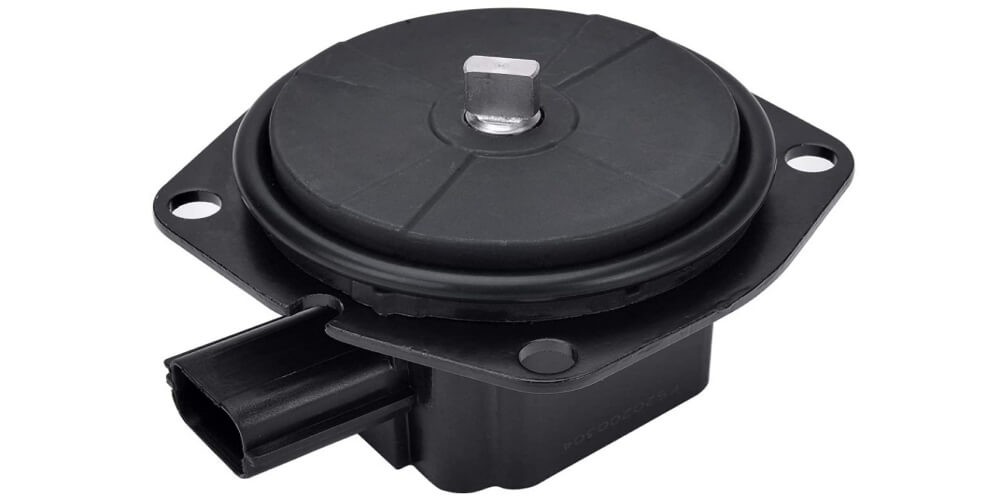Valve actuators or control valves are available in different options. Although they have a simple design concept, certain factors can help you choose the best application. You should note that valve actuators play an important role in your pneumatic or hydraulic control process’s overall performance. Therefore, choosing the right one is an important decision.
Mode of Operation
As noted, there are several forms of control valves in the market. However, their mechanism of operation can be classified as rotary or multi-turn operation. Valves with rotary operations include orbit ball valve, butterfly valves, and plug valves. You will find these valves simple to fit. On the other hand, multi-turn operation valves have non-rotating components that need multiple turns. Some of these valves include knife gates, globe valves, and gate valves.
Types of Control Valves
Hydraulic and Pneumatic Valves
These valves are quite versatile and are designed for use in areas where there is no electricity. Also, they are best suited for applications where reliability and simplicity are of the essence. Moreover, they have a range of capabilities that can deliver adequate torque for the specific application. These types of actuators can be further classified into quarter-turn and multi-turn.
Electric Actuators
You may be surprised to learn that these are the common valves used in most applications. That is because they are quite dependable and reliable. They are ideal for operating large valves and can be powered by a three-phase or single-phase motor. Usually, they have a declutching system for manual operation whenever power fails.
Manual Actuators
These types of actuators use wheels, gears, and levers to aid movement. They are quite different from automatic ones as they do not power source to operate. For most valves, there is no need for manual operation. Moreover, these actuators are not suitable for hostile and toxic environments.
It is vital to note that hydraulic and pneumatic actuators are quite different. For instance, in hydraulic actuators, the cylinder contains incompressible liquid. On the other hand, pneumatic actuators are designed to utilize compressed air. However, the latter is not ideal for huge equipment.
When it comes to cost, hydraulic actuators are more expensive than pneumatic ones. They are also susceptible to leaks and require other parts, such as fluid reservoirs, pumps, motors, and heat exchangers.
Usage Factors
When choosing a valve actuator, there is a need to consider usage factors. These are important usage factors:
Compatibility
You need to check the available power source and whether it is compatible with the valve actuator, you intend to purchase. As noted, electric actuators need electricity to run. Therefore, you ought to check the availability of the same.
Temperature Range
Valve actuators are designed to operate at a certain temperature range. Therefore, you need to check the recommended temperature range and that of the application. Remember that they need to have the right bearings, grease, and seals installed.
Hazardous Areas
If you are planning to install valves in hazardous places, then you should consider using pneumatic actuators. That is because they are ideal for toxic and hazardous environments. Always follow the recommendations to avoid unnecessary explosions.

